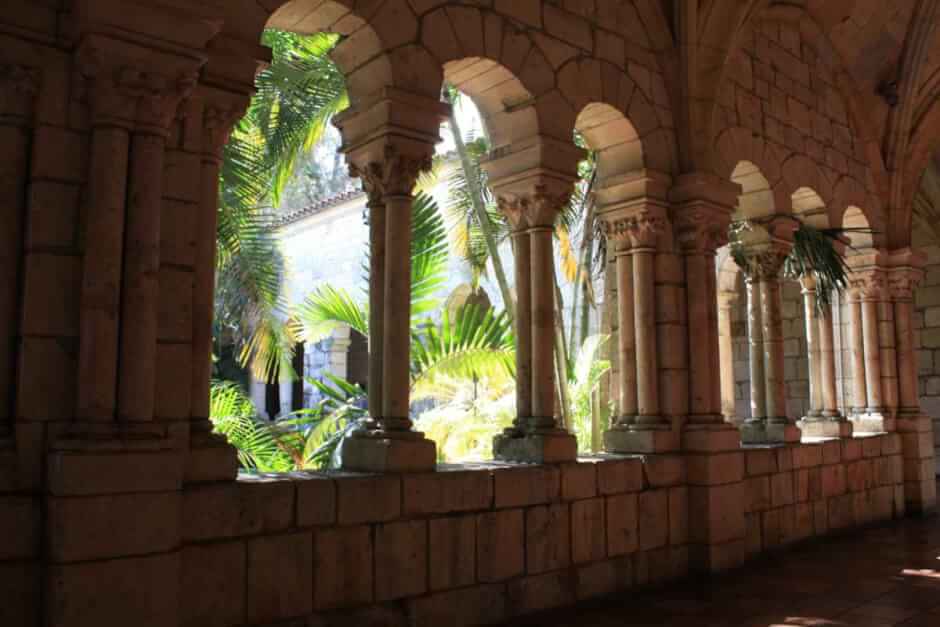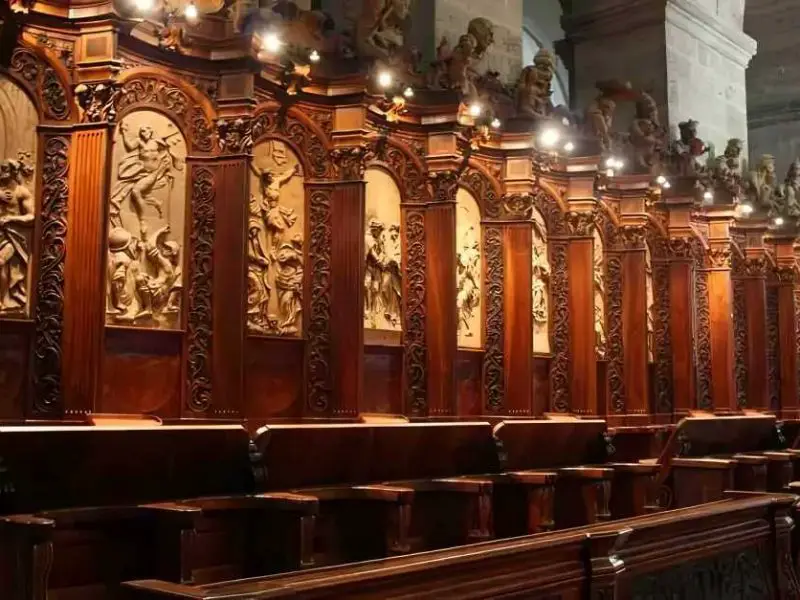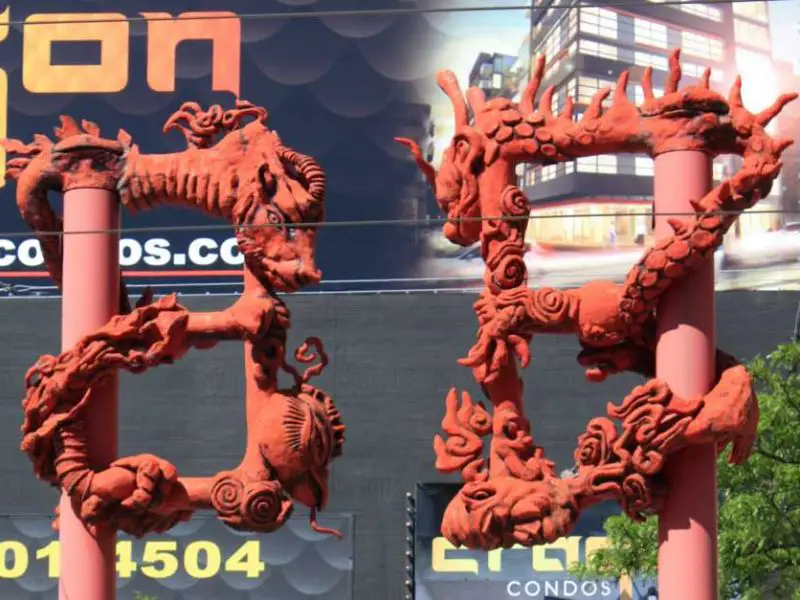"What does a Spanish monastery have to do in Miami Beach," you may ask yourself. We also asked ourselves the question. We discovered that Ancient Spanish Monastery on the map during our travel preparation for ours Winter trip to Florida, Until then I had never heard of it. But the hint on the Google map left me no peace. Therefore, I researched what this is about. I came across this typical American story:
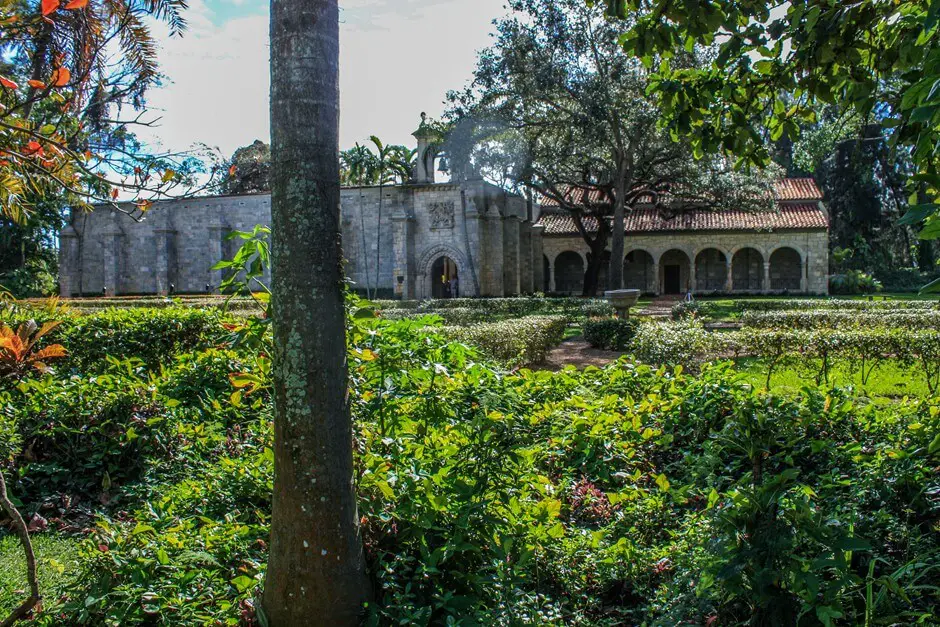
Spanish monastery in Miami Beach
This monastery is a true Spanish monastic monastery. It was dedicated to St. Bernard of Clairvaux. In the 12. In the 19th century, it was built near Segovia in a small village called Sacramenia in northern Spain. For almost 700 years, the monastery was owned by the Cistercians. 1830 has finally been dissolved in the wake of secularization. Since then, it has been used as a stable and granary.
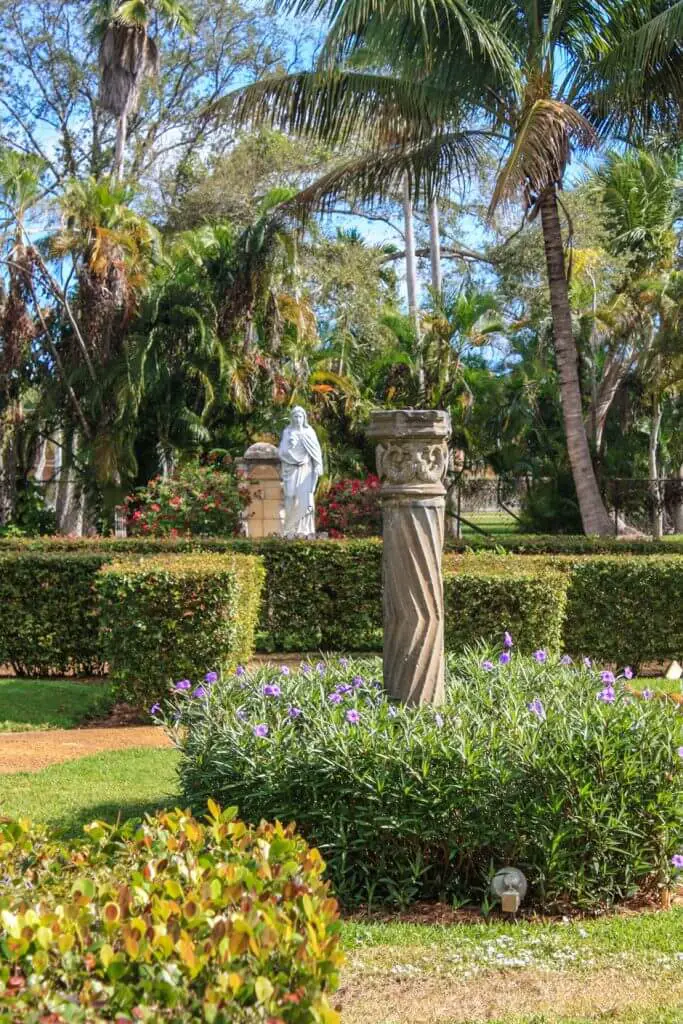
1925 spotted American newspaper magnate William Randolph Hearst. This is also known as the owner of Hearst Castle on the California coast. Hearst bought the building without further ado. Then he had it pack stone by stone and shipping to the United States. However, financial difficulties forced him to abandon his plans for reconstruction. As a result, the disassembled 26 monastery stored in more than 11000 wooden boxes in a warehouse in New York for years.
Reconstruction in Miami Beach
A year after Hearst's death, two entrepreneurs bought the monastery parts and placed them in the north Miami together again. It was supposed to be a tourist attraction. But nothing came of it: in 1964, Colonel Robert Pentland Jr. bought the building. He gave it to the Bishop of Florida. Today it serves its original purpose as a church again. However, monks no longer live there. The Episcopal Church now holds its masses here every day.
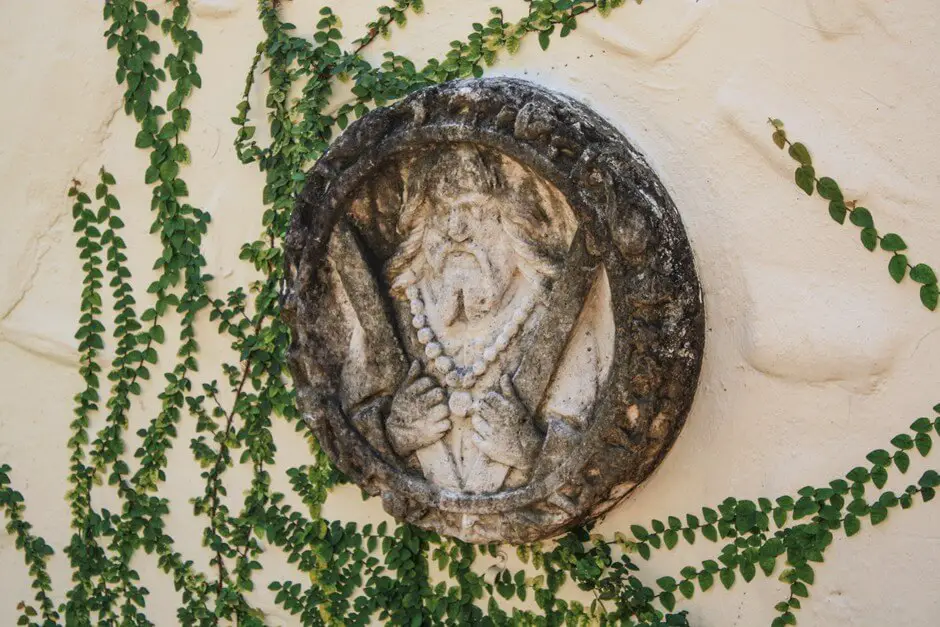
The Ancient Spanish Monastery
It is just a few minutes off the 1 Highway and is easily accessible from there. We park our car in the parking lot under ancient trees. Of these, Spanish moss hangs down and gives the whole an unreal character. We go to the park. (Do not forget to pay admission, even if you can easily enter the park.)
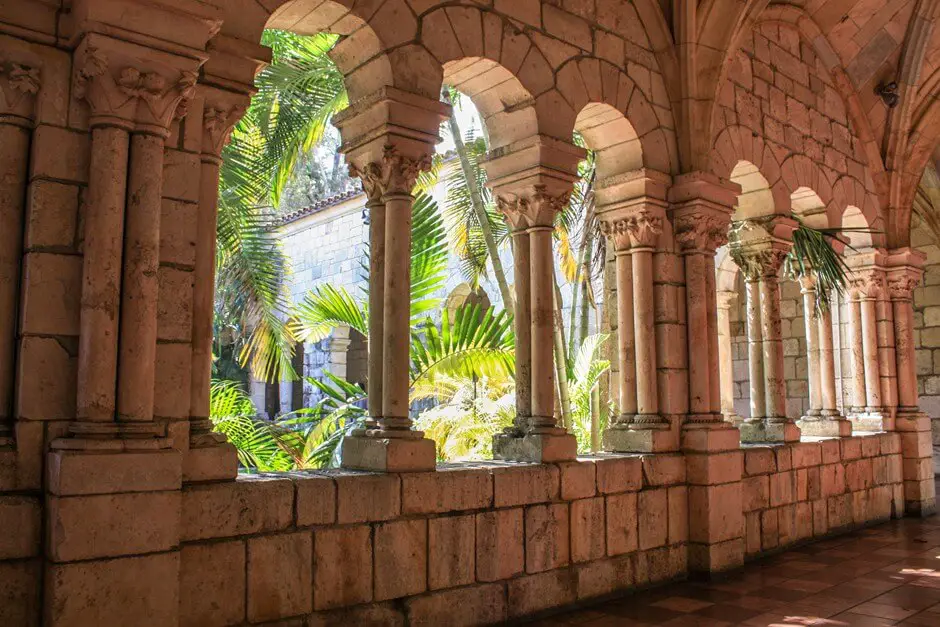
Old walls
It looks a bit decayed, as it stands there with its defiant stone blocks. These have been put together again in painstaking puzzle work. The courtyard also has a cloister. It contains statues of Spanish kings from the time of the Reconquista. In the center grows a giant fig, from which aerial roots and Spanish moss hang down. It almost seems as if the monastery never stood elsewhere. As we look closely, we can even see the markings the workers used to mark the stones. We meet one of the administrators of the community. He tells us how construction workers finally rebuilt the monastery building and the courtyard.
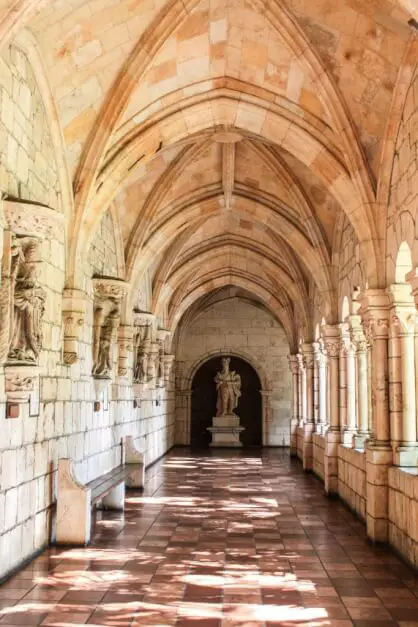
In the monastery church, the pastor meets with a young couple. This apparently plans his wedding in this romantic environment. They are discussing the process of the ceremony with the pastor. Instead, we look at the church with its colored glass windows. We enjoy a few more minutes of silence in this oasis of another time, before we plunge again into the turmoil of modern Florida.
More tips for the region
Travel Arrangements
Parking at the airport
Here you can reserve your parking space at the airport.
Accomodation
Accommodation in Miami Beach* You can book here.
Excursions
Source: own research on site with the kind support of the trip through Visit Florida. Our opinion, however, remains our own.
Text: © Copyright Monika Fuchs, TravelWorldOnline
Photo: © Copyright by Petar Fuchs, TravelWorldOnline
